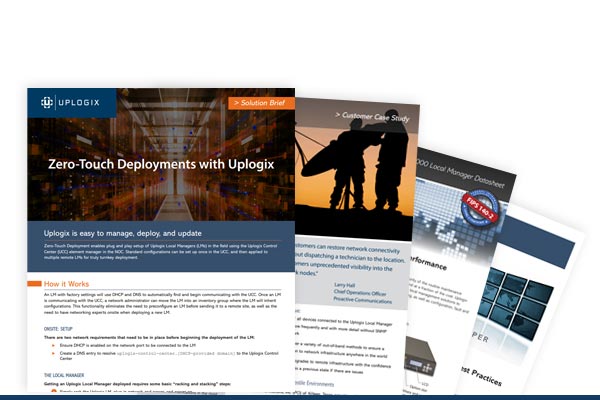If you have security concerns about sharing a common ground infrastructure to access your data center, one satellite industry startup, Cloud Constellation, might have the answer for you. “SpaceBelt” is planned to be a worldwide cloud storage network that doesn’t rely on lease lines, Internet cable or any other physical network to function, because the data center is in orbit.
Government and enterprise customers with high security concerns can access the orbiting data center directly through their own local RF signal generated by a proprietary SpaceBelt terminal, avoiding the need for Points of Presence (PoPs) on the ground.
“Our system has the ability to accept any RF signal, and allow it to uniquely or privately speak to any other RF signal that is also connected to the SpaceBelt,” said Scott Sobhani, CEO and co-founder of Cloud Constellation. “That allows for someone on one end of the world that might be operating in Ka-band to communicate with someone in C-band on the other side of the world.”
It’s a floating cloud data center alright…
Another key element of storing your data in space is that it’s kind of like international waters. Today, cloud service providers face risks about what data is stored where. If you have data you don’t want subjected to jurisdictional laws impacting terrestrial data centers, SpaceBelt can let you pick and choose the regions where that data is accessed from.
SpaceBelt is planning for launches by the end of 2018 and service starting up in 2019. Growth is a matter of adding more satellites with expectations for petabytes of data early on expanding to an exabyte by year five.
At this point there are not plans to deploy Uplogix Local Managers into space to support orbiting data centers, but this isn’t the first time that possibility has come up. Talk about REMOTE network management…





